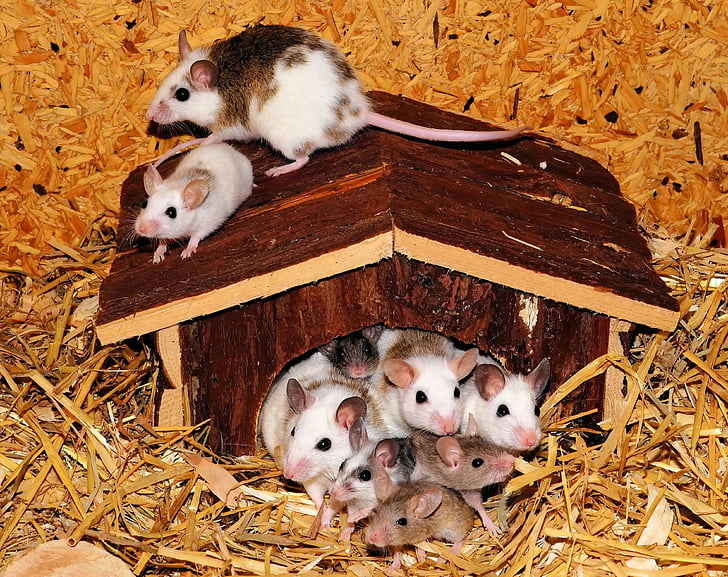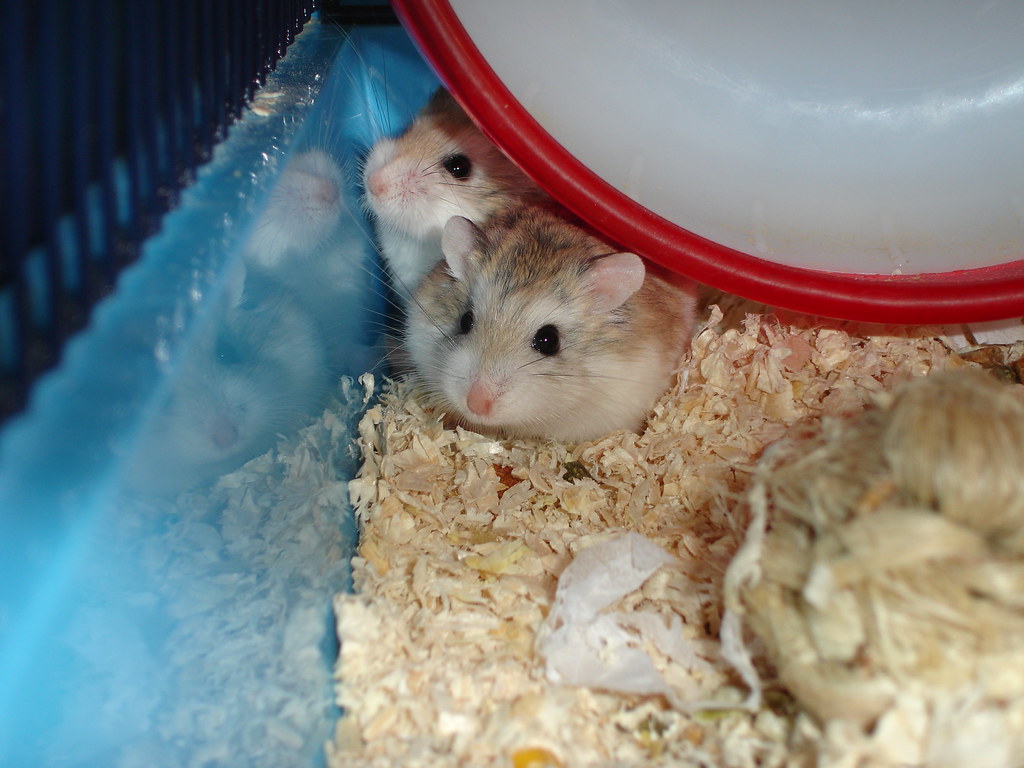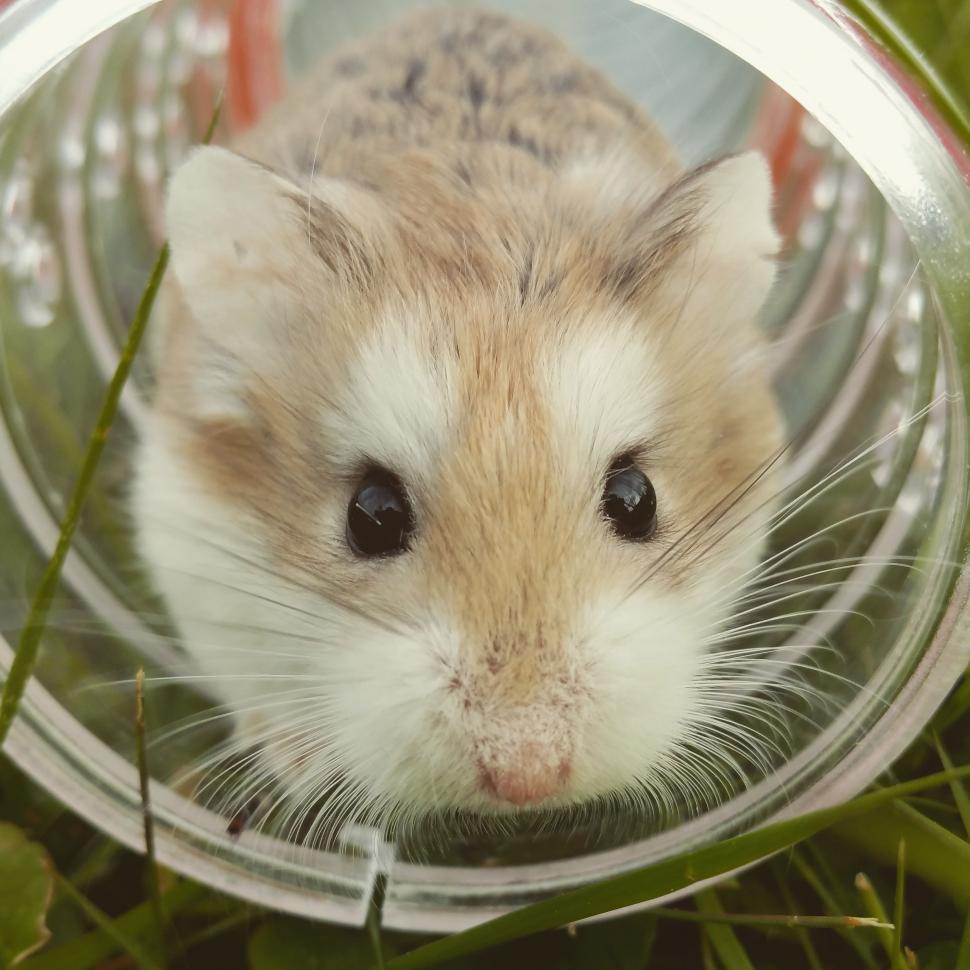How to Build a Hamster Playground from Recycled Materials :An Environmentally-Friendly Initiative
Want to create a new play area for your pet hamster? This is a great opportunity to be creative while protecting the environment. Building a Hamster Playground from Recycled Materials will not only bring joy to your hamster but also help reduce waste. This is a fun and affordable project that will create a new and stimulating environment for your small pet. It will ensure the physical and mental well-being of your hamster, as they love to play and explore. You can create a wonderful play environment simply by using items you already have around your house.
Before starting this project, some important things need to be kept in mind. Safety should always be the first priority, because hamsters are small and curious animals. Make sure all the materials are safe for the hamster and will not harm them. Avoid poisonous colors, sharp edges, or small parts that they could swallow. Creating such a Hamster Playground from Recycled Materials is a great way to express your creativity, and at the same time, it will make your hamster’s life more fun. So, let’s take a look at how you can create a safe and enjoyable play space for your little friend.

Collecting and Ensuring the Safety of Materials for Your Hamster Playground from Recycled Materials
To build a Hamster Playground from Recycled Materials, you can use various recyclable items found in your home. However, it’s crucial to confirm certain aspects before collecting and using these materials:
Material Collection:
Empty Paper Tubes: Empty rolls from toilet paper or kitchen towels are excellent for making hamster tunnels. They are easily found and safe for hamsters.Cereal Boxes or Other Small Cardboard Boxes: These boxes can be used to create small houses, tunnels, or different levels of platforms. Ensure the boxes do not have any toxic ink or shiny coatings.
Hard Paper Egg Cartons: Egg cartons can be repurposed into small chambers or hiding places.
Empty Pistachio or Nut Shells (if clean and dry): These can be used as small toys or decorative elements, but be careful to ensure there are no sharp parts.
Old T-shirt Strips or Cotton Fabric: These can be used for soft bedding or nesting areas for hamsters. Make sure the fabrics are made of cotton and do not fray easily.
Small Plastic Bottles or Containers (if safe): Some clean and safe plastic bottles can be used to create small chambers or ramps, but ensuring their cleanliness and safety is vital.
Safety Confirmation:
Toxicity Test: Before using any materials for your Hamster Playground from Recycled Materials, ensure they are non-toxic for hamsters. Avoid chemically processed cardboard, shiny or waxy paper, and sharp plastics.Sharp Edges: All materials must be free of sharp edges. Sharp pieces of cardboard or plastic can cause injury to hamsters. If necessary, cut and smooth any sharp parts.
Small Parts: Do not use any small parts that a hamster could swallow. Exclude small buttons, beads, or tiny plastic pieces, as these can cause digestive problems.
Cleanliness: Thoroughly clean and dry all recycled materials before use. This is crucial to remove any germs or harmful substances. You can clean them using hot water and soap, and allow ample time for complete drying.
Steps to Build Your Hamster Playground from Recycled Materials:
After collecting materials and ensuring safety, let’s move on to the main steps to create your Hamster Playground from Recycled Materials:
- Base Construction:
A strong foundation is needed for your play space. You can create this using a large cardboard box or by joining multiple boxes together.
Large Cardboard Box: Use a large, clean cardboard box (like a shipping box) as the main structure of the play area. It will provide enough space for the hamster.
Joining: If one box isn’t large enough, you can join multiple boxes together with non-toxic tape or glue. Make sure the tape or glue is out of the hamster’s reach.

- Tunnels and Mazes:
Hamsters love to explore tunnels and mazes.
Paper Rolls: Create small tunnels using empty toilet paper or kitchen towel rolls. You can attach these to different parts of the playground.
Cardboard Paths: Cut strips of cardboard to create small walls and build a maze. Hamsters will thoroughly enjoy navigating this labyrinth.
Attachment: Attach the tunnels and maze sections to each other or to the main base using non-toxic tape or glue.
- Houses and Hiding Spots:
Hamsters need safe places to hide and sleep.
Small Cardboard Boxes: Use cereal boxes or other small boxes to create tiny houses. Cut a small opening for an entrance.
Egg Cartons: You can create small chambers with hard paper egg cartons. These chambers will help the hamsters feel secure within their Hamster Playground from Recycled Materials.
- Platforms and Levels:
Create platforms of different heights to make the play area more engaging.
Sturdy Cardboard: Cut pieces of thick cardboard to create platforms. Place them at different levels within the play area.
Stairs or Ramps: To help hamsters move from one level to another, create stairs or ramps using small pieces of cardboard or wood. Ensure the incline of the stairs or ramps isn’t too steep, so hamsters can safely ascend or descend.
- Toys and Decorations for Your Hamster Playground from Recycled Materials
Add toys to make the play area more attractive and stimulating.
Toy Balls: Create toys using small paper balls or clean, smooth empty pistachio shells.
Chewing Toys: Hamsters need chewing toys to keep their teeth healthy. Small pieces of non-toxic wood or hard paper rolls can be used.
Soft Bedding: Shred old cotton fabric strips or paper towels to create soft bedding for your hamster. They will find warmth and comfort in it.

Maintenance and Cleanliness of Your Hamster Playground from Recycled Materials
It is very important to keep the Hamster Playground from Recycled Materials clean regularly. This will help maintain their health and prevent any bacterial infections.
Regular Cleaning: Daily clean hamster waste and any uneaten food.
Deep Clean: Thoroughly clean the play area at least once a week. If necessary, you can replace soiled parts with new ones after use.
Replace Damaged Parts: If any part of the Hamster Playground from Recycled Materials is damaged or chewed through, replace it quickly. This will ensure the hamster’s safety.
New Additions: Regularly add new toys or tunnels to bring variety to the hamster’s play area. This will help maintain their interest and provide mental stimulation.
Ensuring Hamster Safety in the Hamster Playground from Recycled Materials
This Hamster Playground from Recycled Materials should be built inside the hamster’s cage or within a specific enclosed area to ensure their safety. Allowing a hamster to roam in an open environment can be risky for them, as they can easily get lost or be vulnerable to predators.
Inside the Cage: If the play area fits inside the hamster’s cage, this is the safest option.
Enclosed Environment: If the play area is large and needs to be kept outside the cage, ensure it is within a secure and enclosed space. There should be no open windows or doors.

Conclusion: The Lasting Joy of a Hamster Playground from Recycled Materials
Creating a hamster playground from recycled materials is more than just a craft project; it’s a testament to creativity, environmental consciousness, and dedication to your pet’s well-being. By transforming everyday discards into an engaging and safe environment, you’re not only providing essential enrichment for your hamster’s physical and mental health but also actively contributing to waste reduction. This initiative proves that with a little ingenuity, we can offer our tiny companions boundless opportunities for exploration and play, all while making a positive impact on the planet. The lasting joy and stimulation a custom-built hamster playground from recycled materials provides make it a truly rewarding endeavor for any pet owner.
